Making Adenium hybrids
Yato .
2 years ago
Related Stories

EDIBLE GARDENSGrow Plum Hybrids for Your Favorite Fruit Flavors
Plums are cozying up with apricots, peaches and even cherries — here’s how to grow these hybrids for the best aspects of each
Full Story
REMODELING GUIDESRammed Earth: Old Meets New in Hybrid Material
An ancient technique lends itself to more sustainable contemporary home designs
Full Story
MATERIALSSteel Connections Make Strong Impression
Steel joints provide more than just industrial-strength architectural support; they add a mighty dose of character
Full Story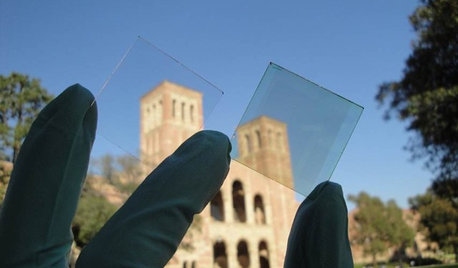
HOME TECHSmall Solar: Big Home Tech Trend in the Making
New technology enables everyday household objects to power themselves by harnessing natural light
Full Story
ARCHITECTUREHouzz Tour: Shipping Containers Make for an Unusual Home
Recycling hits the big time as a general contractor turns 4 metal boxes into a decidedly different living space
Full Story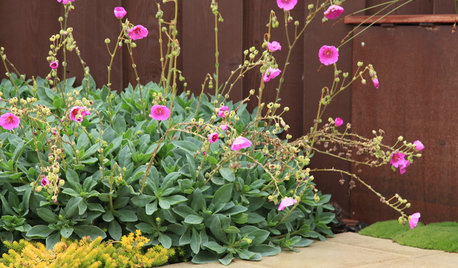
GROUND COVERS10 Succulents That Make Pretty, Easy-Care Ground Covers
These low-growing succulents create interest in the drought-tolerant garden
Full Story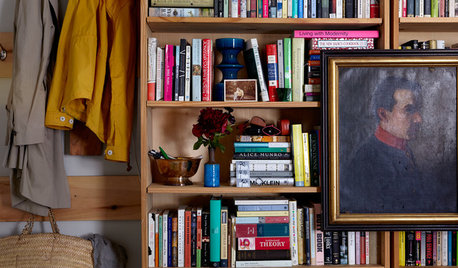
CONTEMPORARY HOMESHouzz Tour: Designer Makes His Place Chic on a Dime
Thrifty finds, hand-me-downs and a bit of ingenuity result in a cozy and stylish home
Full Story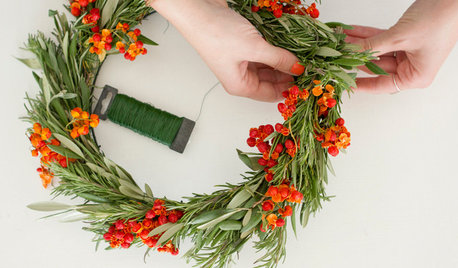
DIY PROJECTSMake a Sophisticated Natural Wreath for Fall and Winter
Rosemary, olive leaves and bittersweet berries combine in an inviting decoration that will last through the holiday season
Full Story
DECORATING GUIDESAn Expat’s Guide to Making a Home Away From Home
How do you stay balanced when each foot is in a different culture? You take a stand where you hang your hat
Full Story
ARCHITECTUREDesign Workshop: How to Make a Home Sit Lightly on the Land
Piers, cantilevers, towers and more can help minimize a home’s environmental impact on its site
Full Story


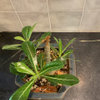

Billsc
katiedolittle
Related Discussions
Thai Hybrid Crown of Thorns and Adenium Co-op
Q
How can I make hybrid beans?
Q
How to make branch from seedling (Adenium)
Q
Did We Make Our Own Hybrids?
Q
Yato .Original Author
Billsc
Paul MI